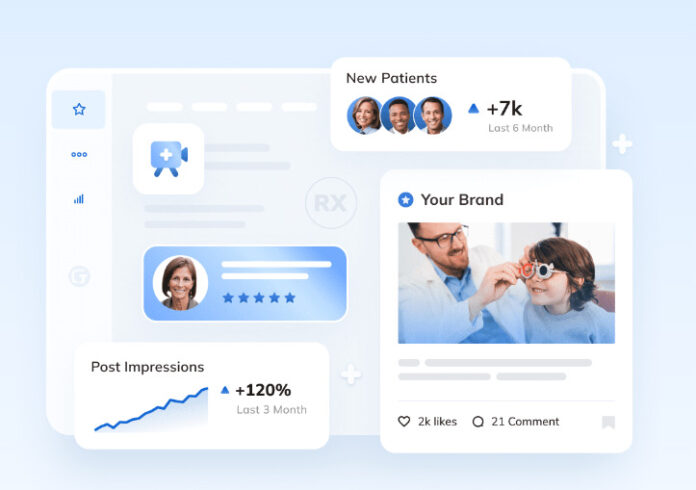In today’s fast-paced digital landscape, businesses are constantly seeking innovative ways to develop high-quality software while optimizing costs and maintaining efficiency. Nearshore application development has emerged as a strategic solution, offering a balance between the benefits of outsourcing and the control of in-house development. This article explores the concept, advantages, and best practices of nearshore application development, illustrating why it has become a favored approach for many organizations.
What is Nearshore Application Development?
Nearshore application development involves partnering with software development teams in nearby countries, usually within the same or similar time zones. This contrasts with offshore outsourcing, which typically involves working with teams in distant countries, often resulting in significant time zone differences. Nearshoring aims to combine the cost advantages of offshore outsourcing with the convenience and cultural alignment of working with geographically closer teams.
Key Advantages of Nearshore Application Development
-
Cost Efficiency
- Nearshore development can significantly reduce costs compared to onshore development. Labor rates in nearshore locations are generally lower, allowing businesses to leverage high-quality talent at a fraction of the cost.
-
Proximity and Time Zone Alignment
- Working within similar time zones facilitates real-time communication and collaboration. This alignment ensures quicker response times, more productive meetings, and reduced project turnaround times.
-
Cultural and Linguistic Affinity
- Nearshore partners often share cultural similarities and language proficiency with the client, reducing the potential for misunderstandings and fostering smoother collaboration.
-
Access to a Skilled Talent Pool
- Nearshoring opens up access to a vast pool of skilled developers who may not be available locally. This can be particularly advantageous for niche technologies or specialized projects.
-
Enhanced Control and Oversight
- The geographical proximity of nearshore teams allows for more frequent onsite visits and greater oversight. This helps in maintaining high-quality standards and aligning the project closely with business objectives.
Best Practices for Successful Nearshore Application Development
-
Thorough Vendor Evaluation
- Assess potential nearshore partners based on their technical expertise, industry experience, and track record. Conduct comprehensive interviews and review case studies to ensure they align with your project requirements.
-
Clear Communication Channels
- Establish robust communication channels and protocols. Utilize tools like Slack, Microsoft Teams, or Zoom to facilitate seamless communication and collaboration.
-
Agile Methodologies
- Implement agile methodologies to enhance flexibility and adaptability. Regular sprints, daily stand-ups, and iterative development cycles ensure continuous progress and timely issue resolution.
-
Cultural Training and Integration
- Invest in cultural training for both your in-house team and the nearshore partner. Understanding each other’s work culture, holidays, and business practices can greatly enhance collaboration and reduce friction.
-
Security and Compliance
- Ensure that your nearshore partner adheres to stringent security and compliance standards. This is crucial for protecting sensitive data and maintaining regulatory compliance, especially in industries like healthcare and finance.
-
Regular Performance Reviews
- Conduct regular performance reviews to assess the progress and quality of the development work. This helps in identifying any issues early and implementing corrective measures promptly.
Conclusion
Nearshore application development presents a compelling solution for businesses aiming to optimize their software development processes. By leveraging the cost advantages, proximity, and cultural alignment of nearshore teams, companies can achieve high-quality outcomes while maintaining control and efficiency. By following best practices such as thorough vendor evaluation, clear communication, and agile methodologies, businesses can unlock the full potential of nearshore application development and drive successful project outcomes.

